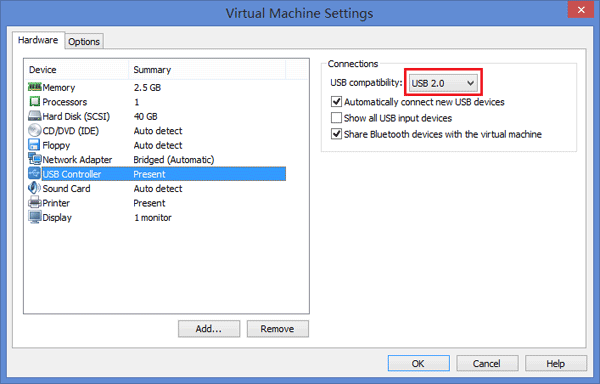- Option USB Devices Driver
- Option Usb Devices Drivers
- Option Usb Devices Driver Download
- Option Usb Devices Driver Windows 10
To manually install the USB to Serial drivers on Windows 7 64-bit operating systems. Open Windows Control Panel. Select System Hardware Device Manager. The Device Manager window appears. Important: You must be logged on as an administrator or have administrative privileges to access the Device Manager. Connect a USB 3.0 flash drive (USB Mass Storage Device) to one of the Intel USB 3.0 ports. In Device Manager, click View, and click Devices by connection. In Devices by connection view, you can easily see the USB Mass Storage device under the Intel® USB 3.0 eXtensible Host Controller category. If you have My Computer grouped by type (under the View menu), you'll see that your USB stick is in the group of 'Devices with Removable Storage' (the Store'n'Go drive I: in the image below) but the USB-connected external drive is in the 'Hard Disk Drives' category (drives F: and G: are two partitions on a 2 GB external drive).
If you are unable to access USB Drive or USB Storage device, it is likely that use of USB Drives has been disabled on your computer. You will find below the steps to Enable USB Drives in Windows 10.
Enable USB Drives in Windows 10
This tutorial should help you enable USB Drives and USB Storage Devices on a Windows computer on which the use of USB drives has been disabled.
This can happen in case you bought a used computer from a company auction or from an owner who had Disabled USB drives for security reasons.

Important: Follow the rules at your place of work and do not try to enable USB Drives, if they have disabled for security reasons.
1. Allow Windows to Install Device Drivers
When you connect a New USB Device to computer, it should automatically install the drivers required for proper functioning of the USB Device.
1. Restart your computer.
2. Plug-in the USB Device into the USB Port on your computer.
Option USB Devices Driver
3. When prompted, click on Install to install the required drivers on your computer.
2. Enable USB Drive from Device Manager

Option Usb Devices Drivers
Follow the steps below to Enable the USB Drive from the Device Manager Settings screen on your computer.
1. Connect the USB Drive to your computer
2. Right-click on the Start button and click on Device Manger.
Option Usb Devices Driver Download
2. On Device Manager screen, expand the entry for Universal Serial BUS Controllers > right-click on the USB Drive and click on Enable.
Similarly, you can use the above steps to enable USB Mass Storage Device, if you are unable to access an external storage device on your computer.
3. Enable USB Drive Using Registry Editor
For better security, USB Drives are often disabled using Registry Editor. You can reverse this and enable the use of USB Drive by altering the registry value in USBSTOR Folder.
1. Open Run Command > type regedit in the Run command window and click on OK.
Option Usb Devices Driver Windows 10
2. On Registry Editor screen, navigate to HKEY_LOCAL_MACHINESYSTEMCurrentControlSetServicesUSBSTOR
3. Click on USBSTOR in the left-pane. In the right-pane, double-click on Start.
4. In Edit DWORD Pop-up, change the Value Data to 3 and click on OK.
This will enable the use of USB Drives on your computer.
Make Hidden Files Visible
If you are unable to see the Start Registry Entry, make sure that View Hidden Files option is enabled on your computer.

1. Right-click the Start button and click on File Explorer.
2. On File Explorer screen, click on the View Tab and check Hidden Items option in the ribbon menu.
Hope this has helped you to enable USB Drives on your Windows 10 computer, the same steps can be used on Windows 8 computer.